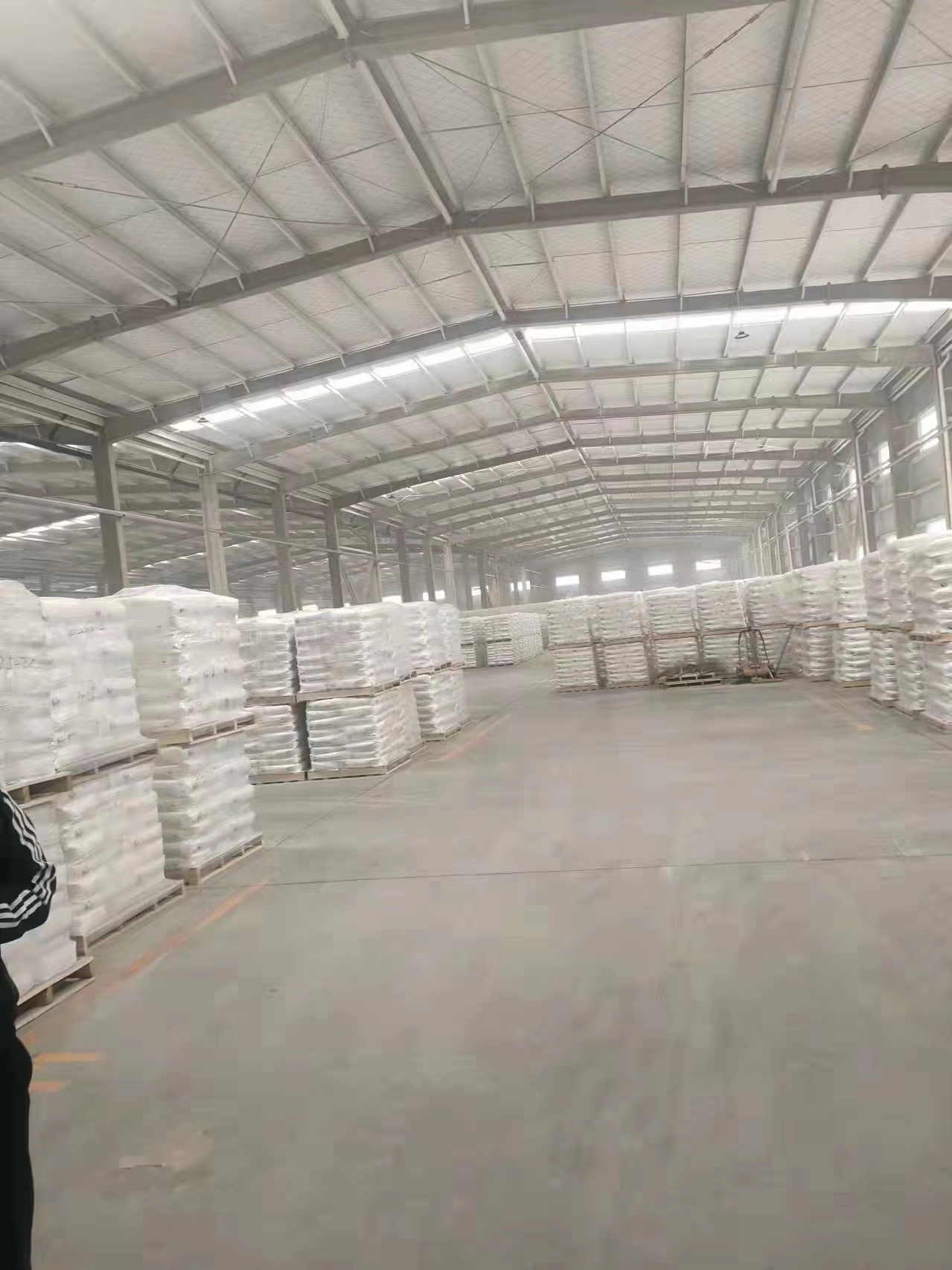
நவ் . 07, 2024 09:17 Back to list
Exploring the Applications of Titanium Dioxide in Chinese Medical Practices and Treatments
The Use of Titanium Dioxide in Medicine An Overview of Applications in China
Titanium dioxide (TiO2) has garnered significant attention within various fields, including medicine, due to its unique properties such as biocompatibility, photocatalytic activity, and non-toxicity. In China, researchers and healthcare professionals are exploring a range of innovative applications for titanium dioxide, particularly in drug delivery systems, diagnostic imaging, and as an antibacterial agent. This article delves into the multifaceted role of titanium dioxide in the medical realm in China.
Biocompatibility and Drug Delivery Systems
One of the most promising applications of titanium dioxide in medicine is in the development of drug delivery systems. TiO2 nanoparticles are being studied for their ability to enhance the solubility and bioavailability of drugs. Due to their nanoscale size, they can easily penetrate biological membranes, allowing for targeted delivery to specific tissues. This targeted approach not only increases the efficiency of drug delivery but also minimizes side effects, making treatments safer for patients.
In China, researchers are focusing on utilizing titanium dioxide in the design of carriers that can deliver anticancer drugs more effectively. For instance, TiO2 nanoparticles can be modified to include cancer-specific ligands, which can recognize and bind to cancer cell receptors. This modification ensures that the anticancer drugs are delivered precisely to the tumor site, thereby increasing treatment efficacy while reducing damage to surrounding healthy tissues.
Photocatalysis and Antimicrobial Applications
Another area where titanium dioxide has shown significant potential is in photocatalysis, particularly in its application as an antimicrobial agent. TiO2 exhibits a unique property where it can generate reactive oxygen species (ROS) when exposed to ultraviolet (UV) light. These ROS can effectively inactivate a wide range of pathogens, including bacteria and viruses.
In public health settings, especially in rapidly urbanizing areas of China, there is a pressing need for effective disinfection methods. Researchers are investigating the use of titanium dioxide-coated surfaces in hospitals and clinics, where the photocatalytic properties of TiO2 can help maintain hygiene standards and reduce the transmission of infectious diseases. Moreover, this approach is environmentally friendly, as it only requires UV light for activation, making it a sustainable solution for infection control.
china use of titanium dioxide in medicine

Imaging and Diagnostic Tools
Titanium dioxide's unique optical properties also make it an attractive candidate for use in imaging and diagnostic applications. Recent studies have indicated that TiO2 nanoparticles can enhance the contrast in imaging techniques such as ultrasound and magnetic resonance imaging (MRI). This enhancement is particularly useful in tumor imaging, allowing for better visualization of tumors and more accurate diagnosis.
In the context of China’s healthcare system, where there is a growing demand for advanced diagnostic technologies, TiO2-enhanced imaging tools could revolutionize how diseases are diagnosed and monitored. The improved contrast provided by TiO2 nanoparticles could lead to earlier detection of diseases, resulting in timely interventions and improved patient outcomes.
Regulatory and Safety Considerations
While the potential applications of titanium dioxide in medicine are impressive, it is essential to consider the regulatory and safety aspects associated with its use. In China, the approval process for medical applications involving nanomaterials, including TiO2, is rigorous and involves thorough testing to ensure safety and efficacy. Researchers must navigate these regulations while also staying abreast of international standards to ensure that their findings and products are comparable and safe for use globally.
Conclusion
The use of titanium dioxide in medicine represents a fascinating convergence of materials science and healthcare. In China, ongoing research and development in this field promise to unlock new therapeutic strategies that could enhance patient care. From targeted drug delivery systems to innovative diagnostic imaging techniques and effective antimicrobial solutions, TiO2 is poised to make a significant impact on the medical landscape.
As researchers continue to explore and expand the applications of titanium dioxide, it is vital to ensure that safety measures and regulatory compliance remain a priority. The future of titanium dioxide in medicine looks promising, with the potential to revolutionize treatment methodologies and improve health outcomes for patients in China and beyond.
-
China Lithopone in China Supplier – High Quality Lithopone ZnS 30% Powder for Wholesale
NewsJun.10,2025
-
Top China Titanium Dioxide Company – Premium TiO2 Powder Supplier & Manufacturer
NewsJun.10,2025
-
Fast Shipping 99% Pure TiO2 Powder CAS 13463-67-7 Bulk Wholesale
NewsJun.10,2025
-
Top China Titanium Dioxide Manufacturers High-Purity R996 & Anatase
NewsJun.10,2025
-
Lithopone MSDS Factories - Production & Quotes
NewsJun.10,2025
-
High-Quality Titanium Dioxide in Water Suppliers - China Expertise 60
NewsJun.09,2025
